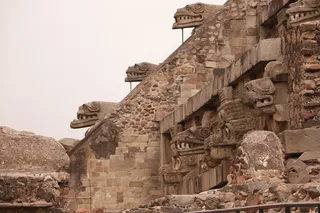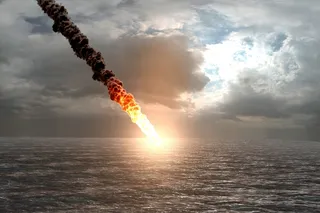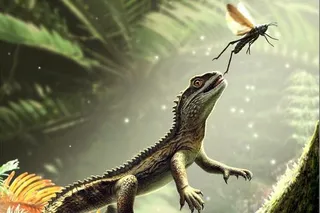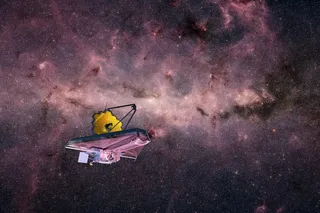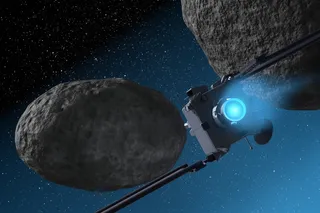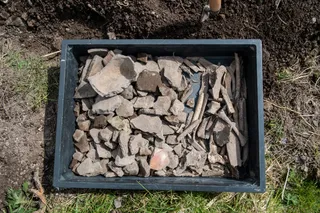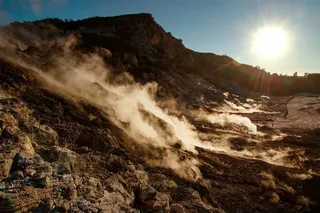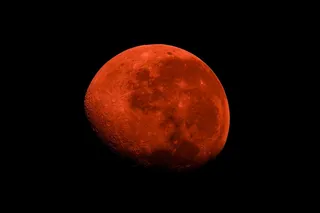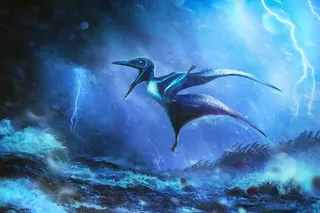Thomas Alva Edison once said, "Genius is one percent inspiration and ninety-nine per cent perspiration." We recently saw a fine example
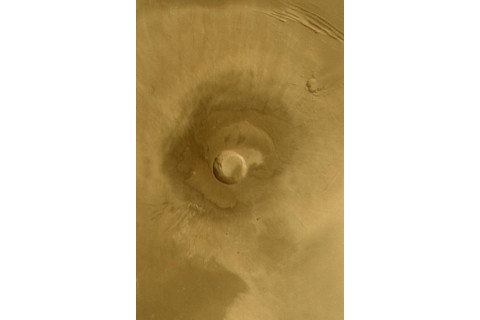
of this in a field in which Edison's quip may prove increasingly true. It turns out that group of 8th Graders have discovered what appears to be a "skylight" -- a caved-in lava tube--on Mars. This isn't the first such discovery, but they're not overly common, either. The students' work was done as part of the Mars Student Imaging Project through Arizona State University. The program allows students, 5th graders through college sophomores, to pose a question about Mars and then have a Mars-orbiting spacecraft take the observations necessary to answer it. The team that found the skylight was from Evergreen Elementary School in Cottonwood, CA, and initially they sought to examine erosional features on Martian Volcanoes, in particular Pavonis Mons (at right) one of the Tharsis Volcanoes. Although this discovery was serendipitous, given the team's stated aims, it underscores an important point. Each instrument on a planetary probe has associated with it an entire science team--scientists well-versed in the types of questions that instrument is uniquely capable of answering. It's tempting to think that, because they often have "first crack" at the spacecraft imagery, the members of these instrument science teams may be making all the important discoveries in the future, but that's not necessarily a given. Owing to the titanic amounts of data and imagery being returned by spacecraft like Cassini or Mars Reconnaissance Orbiter, it could turn out that instrument teams may simply be "skimming the cream." Would it surprise anybody if graduate students were getting Ph.D. dissertations out of existing imagery for 50 years? It's almost certainly the case that there are discoveries waiting to be uncovered in existing data sets for future researchers, even student-researchers, who are willing to invest some time, patience, and, yes, perspiration.



